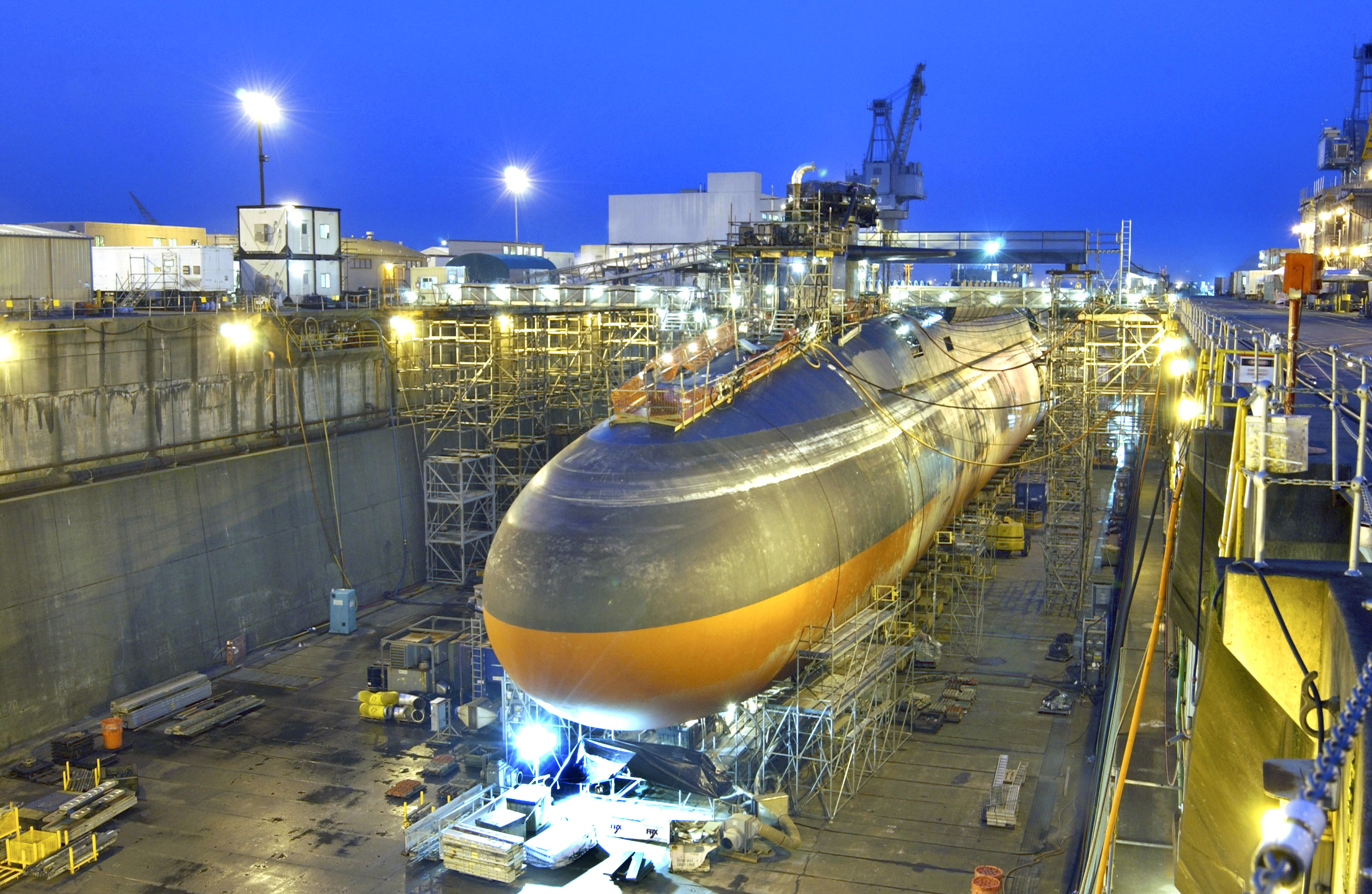

Columbia-class SSBNs will continue to carry refurbished D-5s until about 2040, at which time they will be replaced by a new ballistic missile. As the new Columbia-class SSBNs begin to come online, refurbished D-5s carried by retiring Ohio-class boats will be transferred to the new SSBNs. The Navy has initiated a program to refurbish and extend the service lives of its current Trident II D-5 missile to 2040. They will be replaced by the Columbia-class vessels, which will result in a new class of 12 ballistic missile submarines. The remaining 13 SSBNs will reach the end of their service lives at a rate of roughly one ship per year thereafter, with the last Ohio-class SSBN reaching the end of its service life in 2040. The first of the 14 Ohio-class SSBNs to reach the end of its 42-year service life will be Henry M. Combined with the Ohio-class platform’s continued ability to stay at sea for extended periods of time and increased stealth capability, Trident II increased the assurance of retaliation in case of a first strike. With its improved range and accuracy, the Trident II missile can target virtually any point on the earth. The remaining 14 Ohio-class SSBNs have since upgraded to the Trident II. The conversions provided covert platforms capable of carrying up to 154 Tomahawk missiles (or other non-strategic land attack missiles) and 66 SEAL special operations forces (SOF) personnel. In total, 18 SSBNs were built, but between 20, the four oldest, Ohio (SSBN-726), Michigan (SSBN-727), Florida (SSBN-728), and Georgia (SSBN-729), were converted to SSGNs and armed with cruise and anti-ship missiles. Armed with 24 Trident I missiles, the Ohio-class SSBNs entered service in 1981 as the largest ballistic missile submarines ever built for the U.S. Both Trident missiles continued to improve over previous missiles in range and accuracy. Replacement of the C-4 began in 1990 with the initial deployment of the first Trident II (D-5) missile. The Trident I (C-4) missile deployed in 1979 and continued in service until 2005. The result was the Trident I missile and the Ohio-class SSBN. In the early 1970s, the Navy began planning a modernization of its Fleet Ballistic Missile program. Moreover, it was capable of a longer range and could incorporate multiple independently targeted re-entry vehicles, or MIRV technology, meaning one missile could deliver multiple warheads to multiple targets.

The Poseidon (C-3) weighed nearly twice as much as the Polaris A-3 but carried four times the payload while increasing accuracy to a circular error probability of a quarter mile. Navy had built 41 Fleet Ballistic Missile submarines, dubbed “ 41 for Freedom,” loaded with a combined total of 656 missiles.īetween 19, all Lafayette, Madison, and Franklin-class submarines converted to Poseidon missile capability.

The first eight of these vessels built were armed with the A-2 missile and the rest with A-3 missiles equipped with the MRV capability. Between 19, the Navy built 19 Lafayette and James Madison-class and 12 Benjamin Franklin-class SSBNs. The Navy built five Ethan Allen-class boats between 19, equipping them with the A-2 and later the A-3 missiles. Unlike the George Washington-class vessels, the Ethan Allen-class and all later SSBNs were originally designed to carry ballistic missiles. They put to sea armed with A-1 or A-2 missiles but were later refit with the A-3. Five George Washington-class SSBNs were built between 19 from modified Skipjack designs. The Navy built 41 Fleet Ballistic Missile submarines in seven and a half years. Navy deployed its new capability on five diesel-powered submarines armed with nuclear-tipped Regulus I missiles and began its first strategic deterrent patrols between 19. With the ability to store and launch the Regulus I missile on a submarine, the United States gained sea-launched ballistic missile capability. The first successful launch of a Regulus I missile was made in 1953 from Tunny (SS-282), a Gato-class submarine. Like the Loon, however, Regulus I required launch from a surfaced submarine. The Regulus I was stored in an airtight hangar on deck, which allowed crew access from within the submarine and missile preparation while submerged. Based on German V-2 technology, Regulus I had a 500-mile range and was the first sea-launched missile that could be fitted with a nuclear warhead. Having proved that a submarine could indeed launch a missile at sea, the Navy sought longer range capabilities and developed the Regulus I missile. The Loon, an American version of the German V-1 rocket, could deliver a 2,200-pound warhead approximately 150 miles away.


 0 kommentar(er)
0 kommentar(er)
